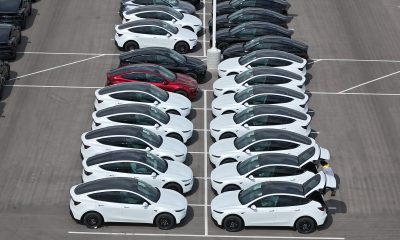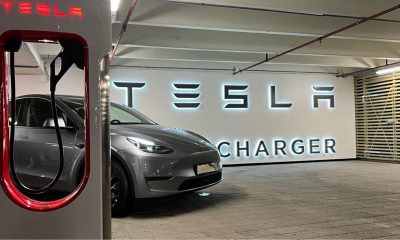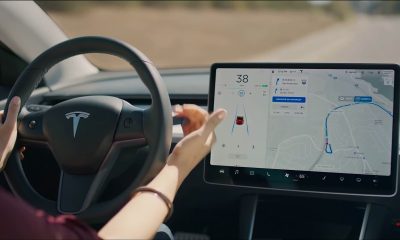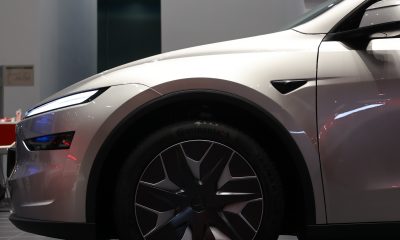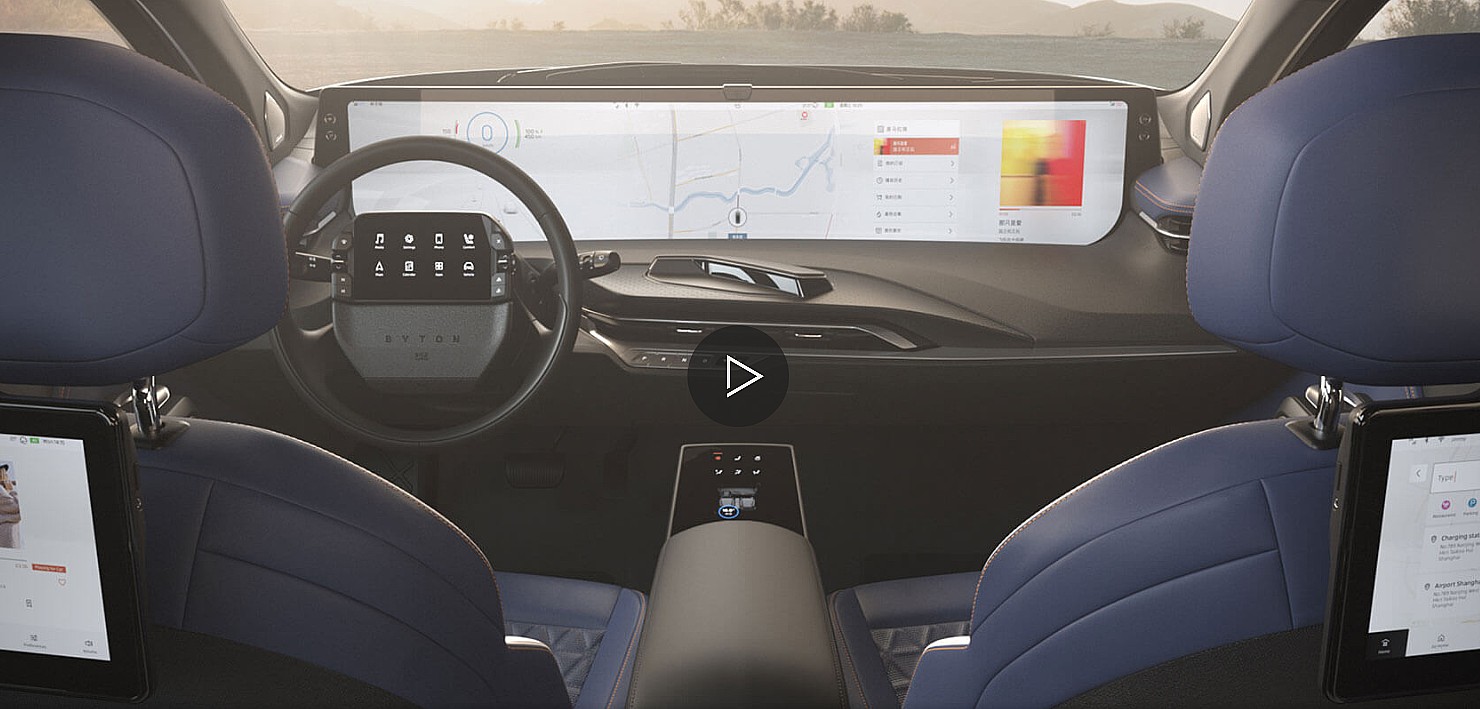
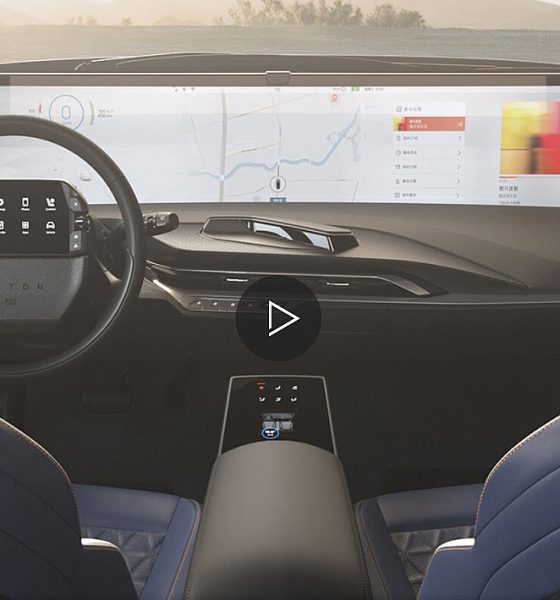
News
Aspiring Tesla rival Byton claims better tech, break even goal in 2-3 years after first EV production
Like several aspiring Tesla rivals before it, Byton aims to beat the Silicon Valley-based electric car maker at its own game. This means better tech, a lower price point, and a solid path to profitability without any of the growing pains that Tesla experienced over the years. Byton CEO Daniel Kirchert believes that his company has the goods to meet these goals, and perhaps even more.
In a recent interview, Kirchert noted that when preparing the M-Byte, Byton’s first vehicle, the CEO stated that the company focused so much on tech that it is poised to outdo Tesla in the segment. “We tried to jump at least one or two steps further,” he said, emphasizing that the company wanted to create a “smart device on wheels” with its first production vehicle.
Byton caught headlines when it unveiled its first concept vehicle’s interior, which was dominated by a massive display that stretched across the dashboard. The company has adopted this design on the M-Byte, which will likely be a competitor to the Tesla Model Y, Jaguar I-PACE, and the Ford Mustang Mach-E. Thus, the vehicle will have a 48-inch dashboard display, a touchpad on the steering wheel, and over-the-air updates.
For the Byton CEO, the M-Byte’s interior concept will be a “game-changer.” Far from being distracting, Kirchert stated that the 48-inch display would be the complete opposite of distracting. He noted that the massive screen would not obstruct the driver’s view while allowing drivers to quickly move their eyes from the road to the display and back. And since the display is 48 inches, it would be easier to read and comprehend the information on the screen.
But this is not all. The CEO also noted that it intends to avoid Tesla’s mistakes with the Model 3’s mass production, which was overly-automated at first. Thus, the company will follow tried and tested methods to build its cars. This, according to Kirchert, will allow Byton’s vehicles to have the same level of build quality with Germany’s best, such as Mercedes-Benz and BMW. In what appeared to be a slight stab at Tesla, the CEO also mentioned that the company would break even far quicker than the Elon Musk-led company.
“We were convinced right from the beginning that we won’t have 10 or 15 years to reach break-even,” he said. A company representative has further noted that Byton is aiming to reach the break-even point two to three years after it starts selling the M-Byte.
To make this possible, Kirchert noted that Byton would have to mass-produce the M-Byte in large numbers. This is the primary reason why the company is pricing the all-electric SUV at around $50,000, which is closer to the Model Y than other premium rivals like the Jaguar I-PACE.
It should be noted that while the Byton CEO’s statements are very optimistic, it is far more challenging to walk the walk than it is to talk the talk. Byton is not the only aspiring Tesla rival that has emerged. The line is long with companies such as Faraday Future and Lucid Motors. But despite the emergence of these companies, as well as the arrival of competing cars from established automakers such as the Audi e-tron, there are very few legitimate competitors to Tesla’s electric vehicles, even older ones like the Model S and Model X.
With this in mind, Byton may still need to learn a thing or two in practice before it can have a legitimate shot at beating Tesla at its own game. Still, the arrival of the M-Byte should be welcomed, as it is yet another electric vehicle that can help in getting petrol-powered SUVs off the road.
News
Tesla rival Xpeng shows off new flying car concept for 2027 release
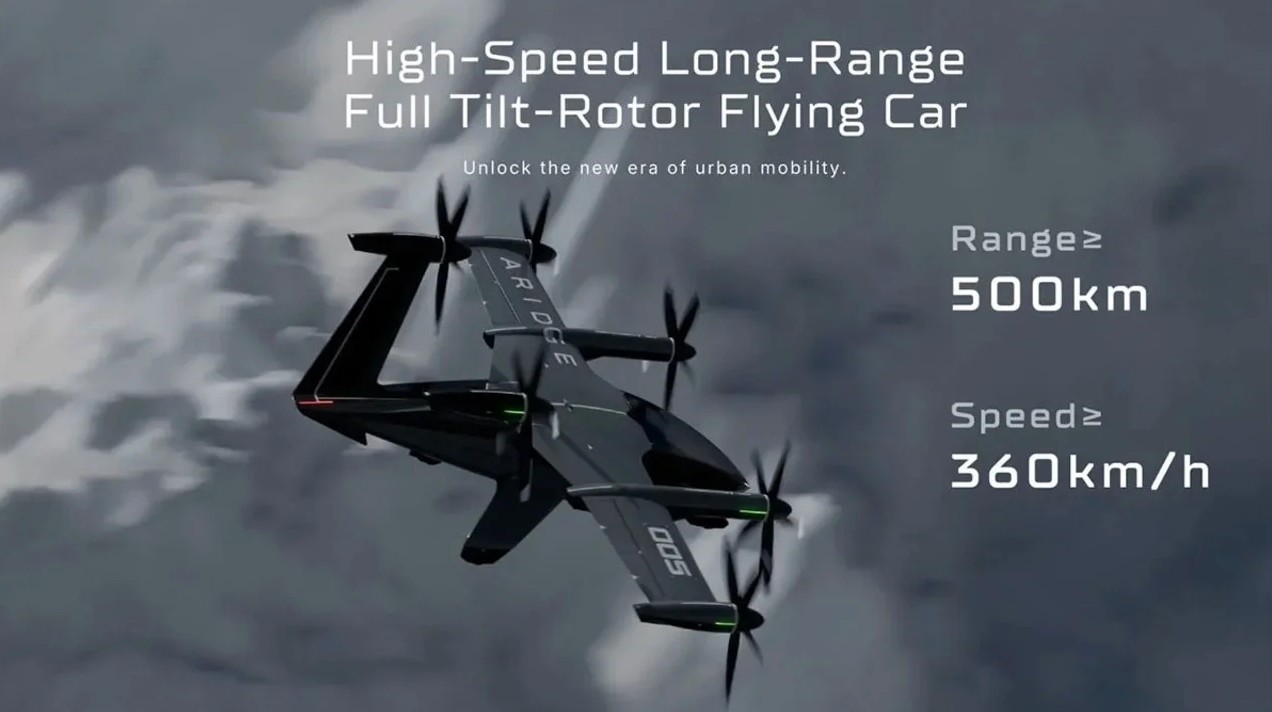
Tesla rival Xpeng’s flying car unit has been rebranded as Aridge, and it recently showed off its new flying car concept that has 500 kilometers (310 miles) of range and can travel at speeds of up to 360 kilometers per hour (224 MPH).
In Dubai earlier this week, Abridge showed off its new High-Speed Long-Range Full Tilt-Rotor Flying Car, which it aims to release in the Middle East as soon as 2027.
CEO and Vice President Du Chao said at the event on Monday that Aridge will pioneer new categories of flying cars under the brand, which was formerly called Aeroht. Aridge will focus on delivering cutting-edge, low-altitude products, aiming to make these types of aircraft more popular in the coming years.
At the event in Dubai, Aridge showcased its Land Aircraft Carrier, which completed the first overseas public demonstration of a manned flight for the modular flying car, CNEV Post reported.
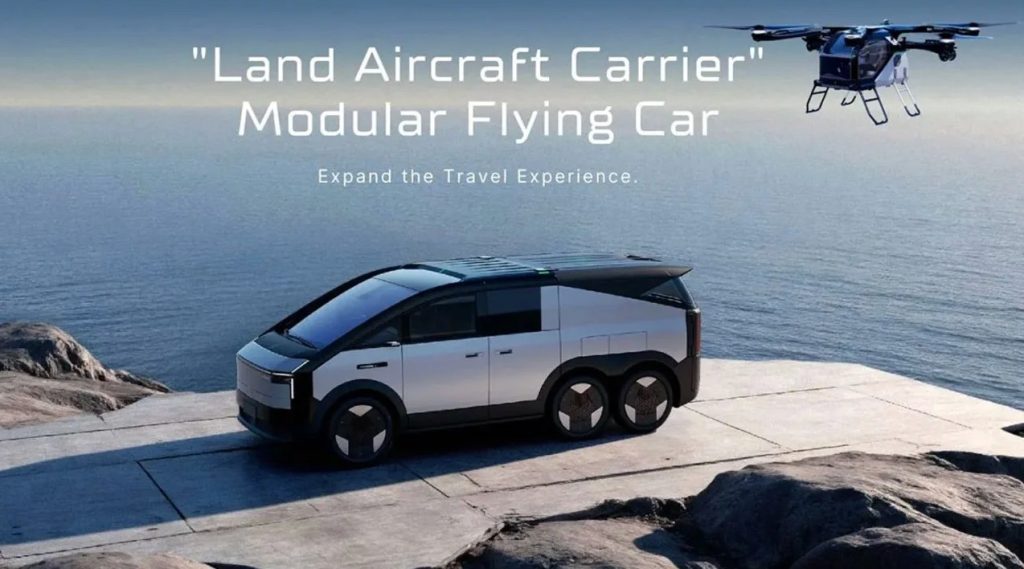
Credit: Aridge
So far, it has already accumulated 7,000 cumulative orders for the vehicle. 600 of them are going to the United Arab Emirates’ Ali & Sons Group, Qatar’s Almana Group, Kuwait’s AlSayer, and the Chinese General Chamber of Commerce UAE.
It was not the only thing Aridge showcased at the event, either. It also has a long-range hybrid flying car called the A868. This is the concept with the 500-kilometer (310-mile) range rating and the 360 kilometers per hour (224 MPH) top speed.
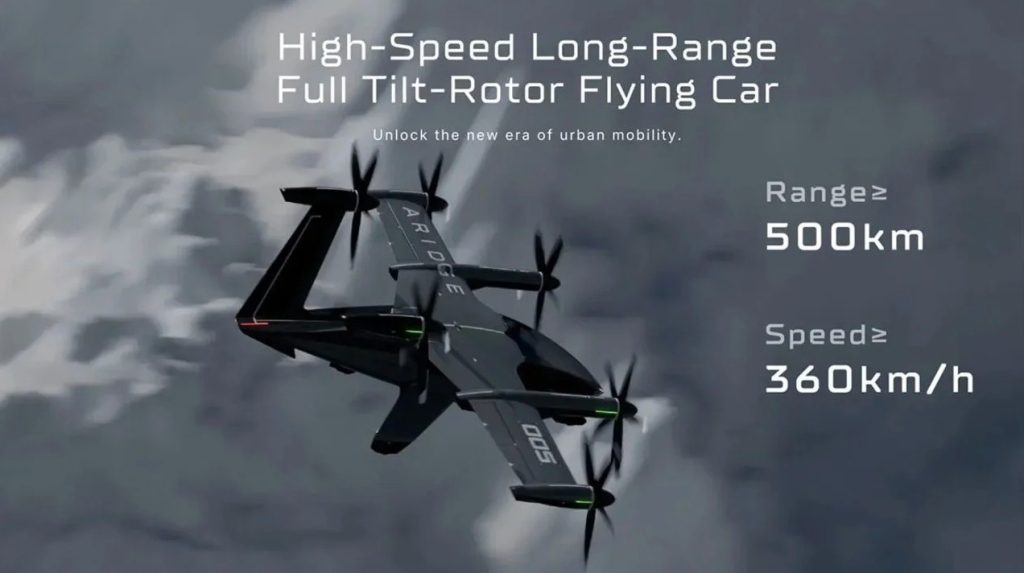
Credit: Aridge
The A868 will target long-distance travel needs for consumers and will work alongside the Land Aircraft Carrier to build diversified low-altitude application scenarios that would be beneficial from a civilian and commercial standpoint.
The vehicles will be built at a new facility that was completed at the end of September, which is located in Guangzhou. It will be able to build 10,000 units with full-scale production and delivery scheduled to take off in 2026.
News
Tesla ramps production of its ‘new’ models at Giga Texas
The vehicles are being built at Tesla Gigafactory Texas in Austin, and there are plenty of units being built at the factory, based on a recent flyover by drone operator and plant observer Joe Tegtmeyer.
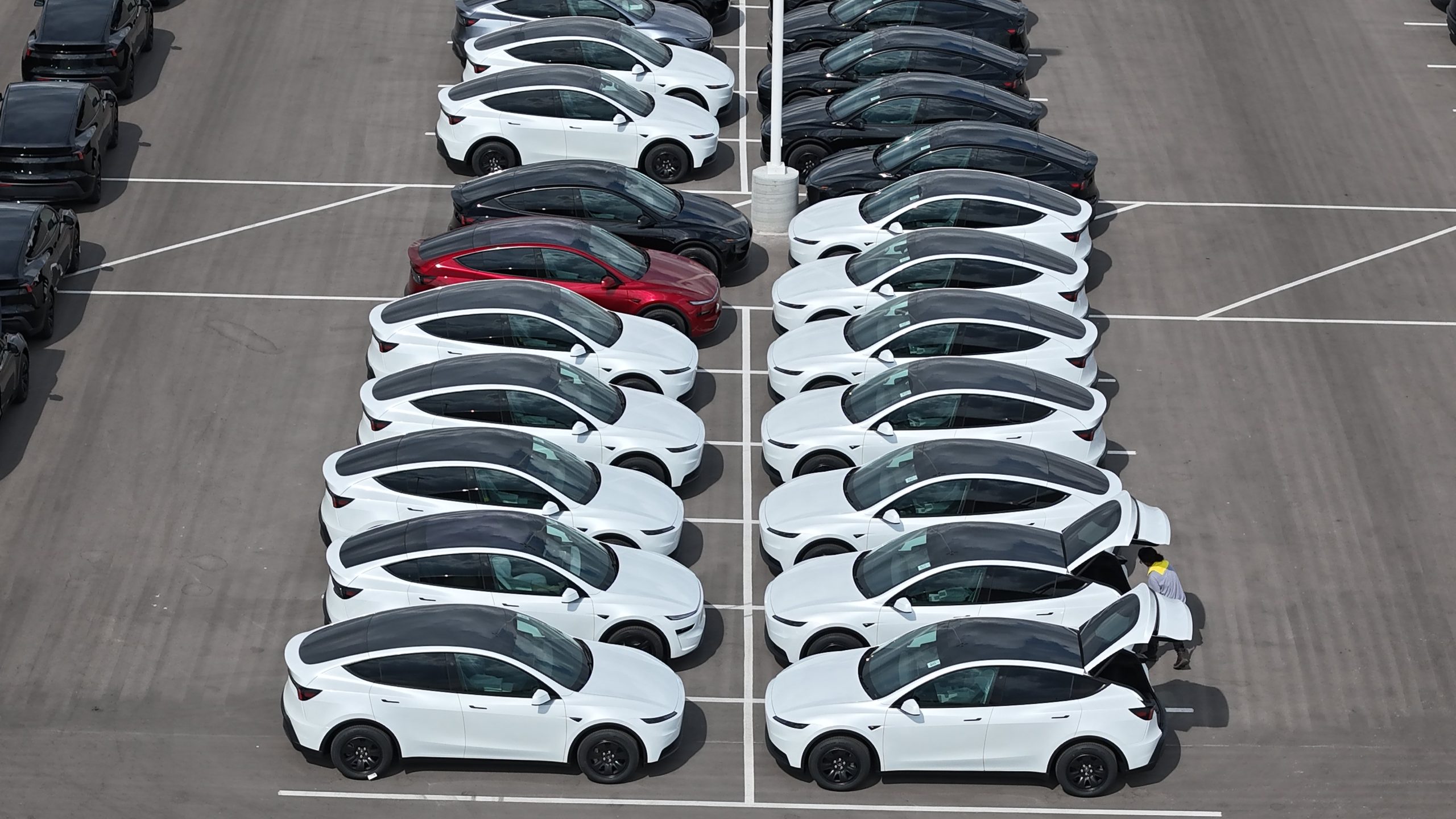
Tesla is ramping up production of its ‘new’ Model Y Standard at Gigafactory Texas just over a week after it first announced the vehicle on October 7.
Earlier this month, Tesla launched the Tesla Model 3 and Model Y “Standard,” their release of what it calls its affordable models. They are priced under $40,000, and although there was some noise surrounding the skepticism that they’re actually “affordable,” it appears things have been moving in the right direction.
The vehicles are being built at Tesla Gigafactory Texas in Austin, and there are plenty of units being built at the factory, based on a recent flyover by drone operator and plant observer Joe Tegtmeyer:
News: the @Tesla Model Y Standard production is well underway at Giga Texas today!
This consistent with what I was told to expect during the unveiling day last week!
The outbound lot had many Premium Model Y’s and @cybertruck too!
More coming soon! pic.twitter.com/WU489QKPLB
— Joe Tegtmeyer 🚀 🤠🛸😎 (@JoeTegtmeyer) October 16, 2025
The new Standard Tesla models are technically the company’s response to losing the $7,500 EV tax credit, which significantly impacts any company manufacturing electric vehicles.
However, it seems the loss of the credit is impacting others much more than it is Tesla.
As General Motors and Ford are scaling back their EV efforts because it is beginning to hurt their checkbooks, Tesla is moving forward with its roadmap to catalyze annual growth from a delivery perspective. While GM, Ford, and Stellantis are all known for their vehicles, Tesla is known for its prowess as a car company, an AI company, and a Robotics entity.
Elon Musk was right all along about Tesla’s rivals and EV subsidies
Tesla should have other vehicles coming in the next few years, especially as the Cybercab is evidently moving along with its preliminary processes, like crash testing and overall operational assessment.
It has been spotted at the Fremont Factory several times over the past couple of weeks, hinting that the vehicle could begin production sometime next year.
News
Tesla set to be impacted greatly in one of its strongest markets
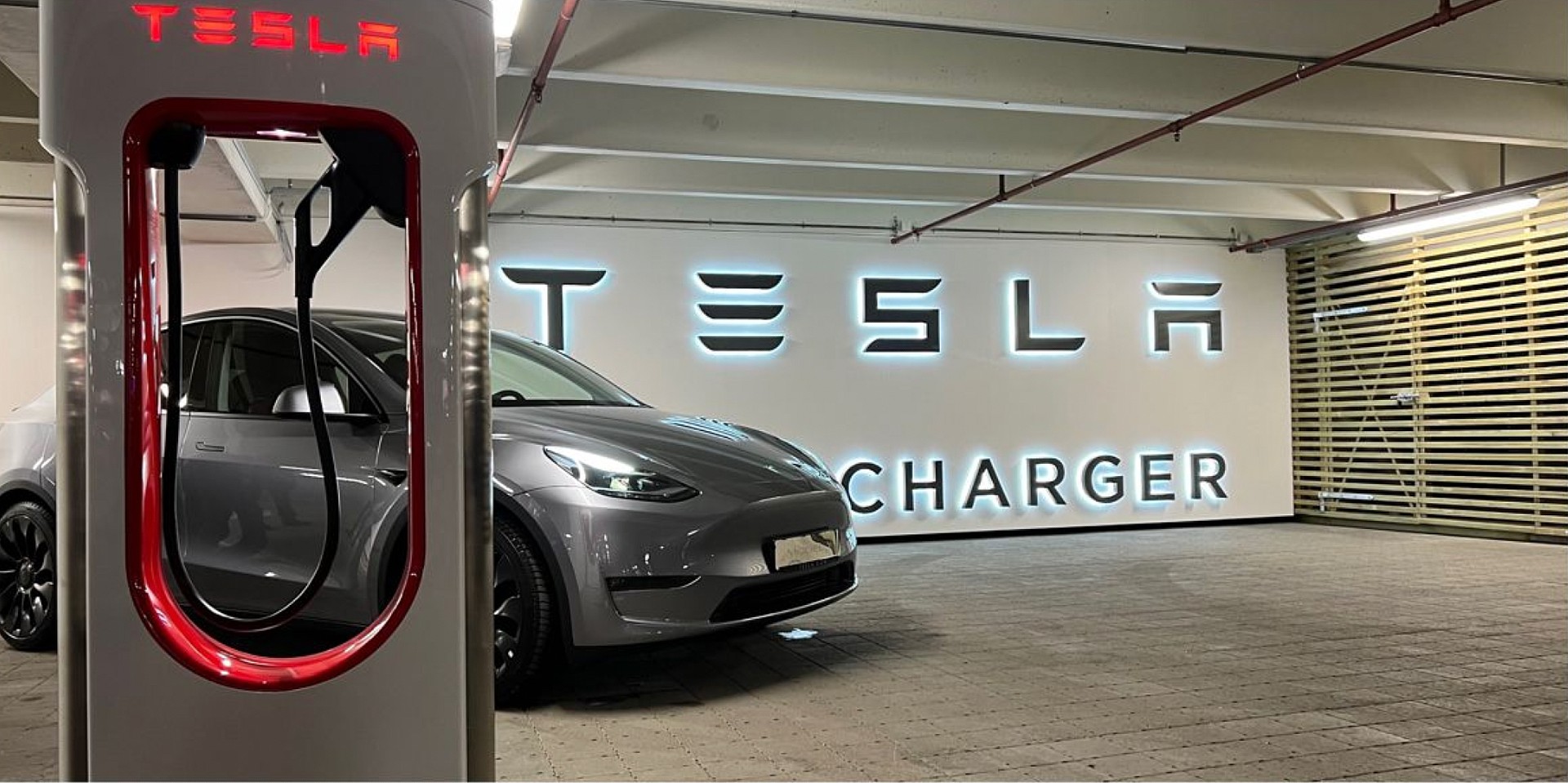
Tesla could be greatly impacted in one of its strongest markets as the government is ready to eliminate a main subsidy for electric vehicles over the next two years.
In Norway, EV concentrations are among the strongest in the world, with over 98 percent of all new cars sold in September being electric powertrains. This has been a long-standing trend in the Nordic region, as countries like Iceland and Sweden are also highly inclined to buy EVs.
However, the Norwegian government is ready to abandon a subsidy program it has in place, as it has effectively achieved what it set out to do: turn consumers to sustainability.
This week, Norway’s Finance Minister, Jens Stoltenberg, said it is time to consider phasing out the benefits that are given to those consumers who choose to buy an EV.
Stoltenberg said this week (via Reuters):
“We have had a goal that all new passenger cars should be electric by 2025, and … we can say that the goal has been achieved. Therefore, the time is ripe to phase out the benefits.”
EV subsidies in Norway include reduced value-added tax (VAT) on cheaper models, lower road and toll fees, and even free parking in some areas.
The government also launched programs that would reduce taxes for companies and fleets. Individuals are also exempt from the annual circulation tax and fuel-related taxes.
In 2026, changes will already be made. Norway will lower its EV tax exemption to any vehicle priced at over 300,000 crowns ($29,789.40), down from the current 500,000, which equates to about $49,500.
This would eliminate each of the Tesla Model Y’s trim levels from tax exemption status. In 2027, the VAT exemptions will be completely removed. Not a single EV on the market will be able to help owners escape from tax-exempt status.
There is some pushback on the potential loss of subsidies and benefits, and some groups believe that the loss of the programs will regress the progress EVs have made.
Christina Bu, head of the Norwegian EV Association, said:
“I worry that sudden and major changes will make more people choose fossil-fuel cars again, and I think everyone agrees that we don’t want to go back there.”
-
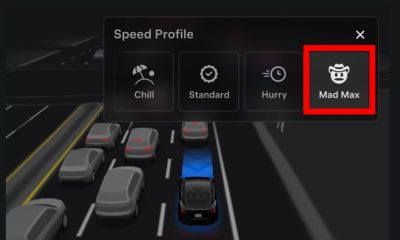
 News1 day ago
News1 day agoTesla launches ‘Mad Max’ Full Self-Driving Speed Profile, its fastest yet
-
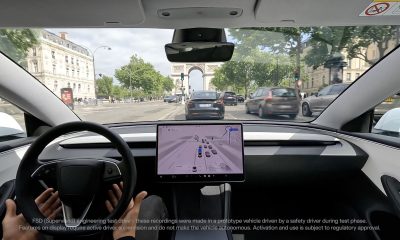
 News1 day ago
News1 day agoTesla just teased something crazy with the next Full Self-Driving update
-
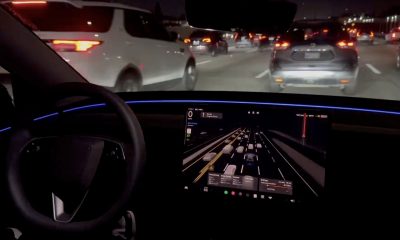
 News21 hours ago
News21 hours agoTesla exec hints at FSD Mad Max mode’s killer feature
-
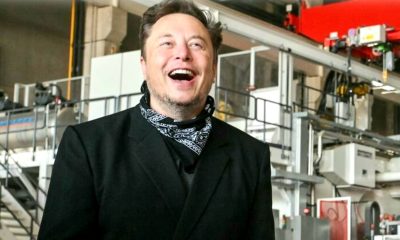
 Elon Musk13 hours ago
Elon Musk13 hours agoElon Musk was right all along about Tesla’s rivals and EV subsidies
-

 News2 days ago
News2 days agoTesla reportedly places large order for robot parts, hinting that Optimus V3 design is all but finalized
-
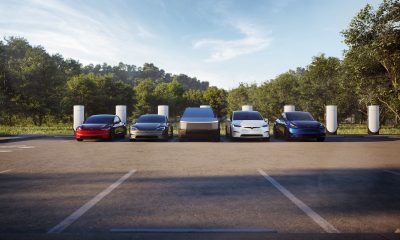
 News15 hours ago
News15 hours agoTesla ownership without home charging: Here’s how it’s done
-
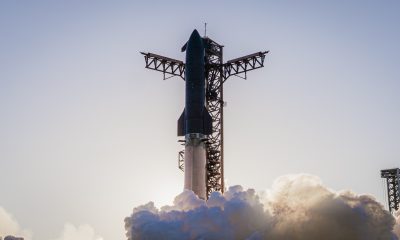
 Elon Musk2 days ago
Elon Musk2 days agoStarship’s next chapter: SpaceX eyes tower catch after flawless Flight 11
-
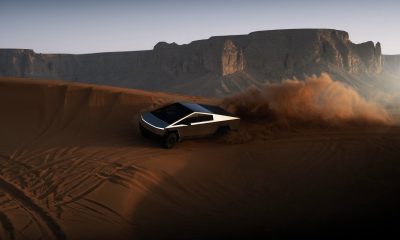
 News2 days ago
News2 days agoTesla makes big move with its Insurance program


